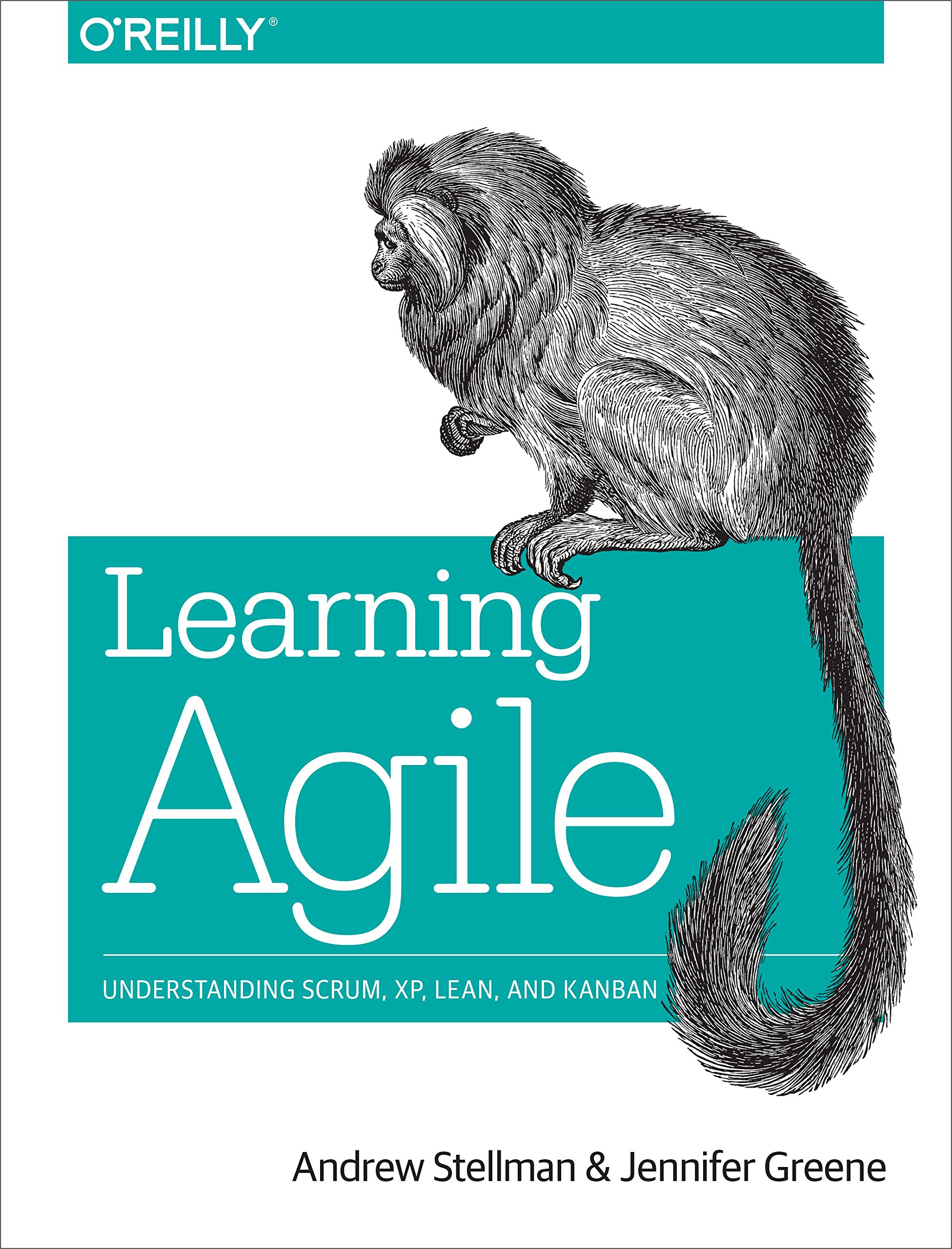Why Sewing is like Coding - Debugging
Whether I’m at a keyboard or behind my sewing machine, I spend most of my time not in the act of creating, but in the act of fixing. Debugging, testing, twea...

Learning Agile gave me a feel for how the various agile methodologies would work in practice. In the past I’d only had a very basic understanding of Scrum and XP, and never even heard of Kanban. But now I have a better grip on these project management tools.
The book did a good job explaining each methodology through examples. There is a narrative about a team working on a mobile app at a small company which is used to demonstrate the practices and how they can help.
Agile is about continuously improving, working with the customer early in the project. Get working software out there so the customer can give you feedback. Keep it simple so you can get the software done quickly, and keep repeating this cycle, making improvements to the product and process along the way.
Scrum - Development time is broken down into 2 or 4 week sprints, with short daily scrum status meetings. The list of Project features that need to be built are stored in a backlog, and the Product Owner manages this. The team will decide what needs to be done next sprint and works together to make it happen. At the end of a sprint, the team holds a review meeting to demo the new software that is “done done”, and a retrospective to reflect on how well the sprint went. They can make changes to next month’s sprint if needed.
While we can’t go full-on Agile (that would make more sense if we weren’t students and were working full time on the project) I’ve found inspiration from the techniques presented in the book.
Daily scrum meetings are quick with each person answering these three questions:
All of the teams working under my advisor meet on Monday and present the answers to these questions. Now I know where my advisor got it from!
Getting that customer/user feedback early and often is key. It doesn’t matter if you or your boss likes the product. They aren’t the ones paying for it. That’s easier said than done, but using an agile methodology can help your team accomplish its goals and make great software.
Also I can’t help but wonder what it would be like to be a project manager/Scrum master. I might look into it.
Whether I’m at a keyboard or behind my sewing machine, I spend most of my time not in the act of creating, but in the act of fixing. Debugging, testing, twea...
Iterative testing. Getting the customer involved early and often. These key ideas are not only frequently mentioned but thoroughly explained in books about a...
It all started with a need. I attend weekly tech meetups and often share event details on Discord with my group. But as the list grew, keeping things organiz...
Eric Ries 2011
Jake Knapp, John Zeratsky, Braden Kowitz 2016
Andrew Stellman & Jennifer Greene 2014
What is this ‘Maker Faire?’
Getting the thoughts out there - using Lucidchart
What’s the least amount of (and most important) features we need to make for the design so that we can start testing?
How do you know when to stop? We discussed the research that our group has been working on. Two students are looking through the App Store and Google Play St...
AI/Tech Coffee Social ☕
Friday Team Meeting #1 - Online edition
Tuesday Team Meeting #2: Getting the hang of it
Monday Meeting #2: Reconvening after our First Full Week of Work
Maja Dakic 2023
Jeff Gothelf & Josh Seiden 2021
John Whalen, PhD. 2019